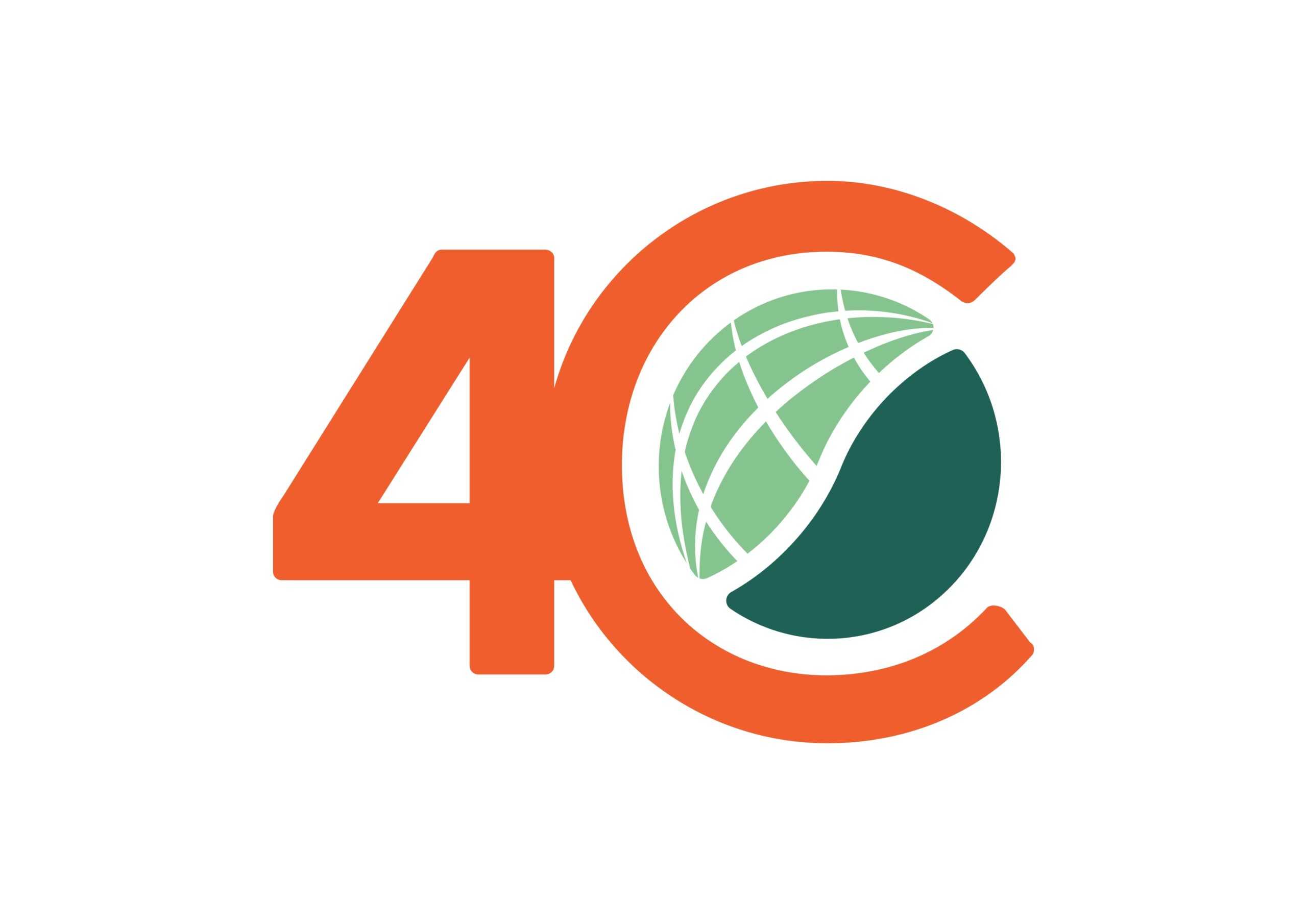COLOGNE, Germany – The consumer demand for sustainably sourced coffee and transparent and reliable information about its carbon footprint is growing steadily. The coffee industry has already reacted to this, and several brand owners and roasters are implementing respective policies. With the newly developed 4C Carbon Footprint Add-On – the latest voluntary addition to the core 4C code of conduct certification – 4C responds to these developments.
It offers companies and their supply chains a tailored solution to understand the current impact of their operations on the climate and proposes solutions on how to reduce and mitigate greenhouse gas (GHG) emissions, as well as communicate these efforts with their consumers.
Measuring, quantifying, and assessing GHG emissions is necessary to identify the impact of coffee production on the climate and provides the basis for identifying targeted reduction measures. Decreasing the carbon footprint of coffee cultivation and processing. and implementing carbon compensation mechanisms for unavoidable emissions, are key for achieving climate neutrality in coffee production in the long term.
For the development of the Add-On, recognized methodologies, standards and initiatives were researched and considered, such as ISO 14067:2018, GHG Protocol Product Standard, PAS 2050:2011 and several IPCC guidelines. It is aligned with the guide from the Science Based Target Initiative (SBTi) and the Paris Agreement target to limit global warming to 1.5°C. The methodology developed was tested on the ground by 4C in various pilots.
The participating 4C system users can implement the methodology of this Add-On in four levels, making it possible to apply the 4C Carbon Footprint Add-On gradually and in different arrangements of the coffee value chain.
To start the process, 4C system users, who wish to benefit from the Add-On need to conduct a baseline assessment for the GHG emissions calculation on the unit (farm) level. To reach the second level, the downstream supply chain will be included in the calculation. If the system users chose to proceed to the next level of the certification, they need present an improvement plan, which proposes emission reduction measures. These certified coffee producers may use the claim 4C Climate Friendly Coffee. Remaining emissions can be offset to achieve Climate Neutral Coffee.
The 4C Carbon Footprint Add-On has been published on the 4C webpage for a six week public consultation period until 16 March 2022. 4C will also set up a Stakeholder Committee to elaborate on and improve the application of the Add-On in practical terms.

















